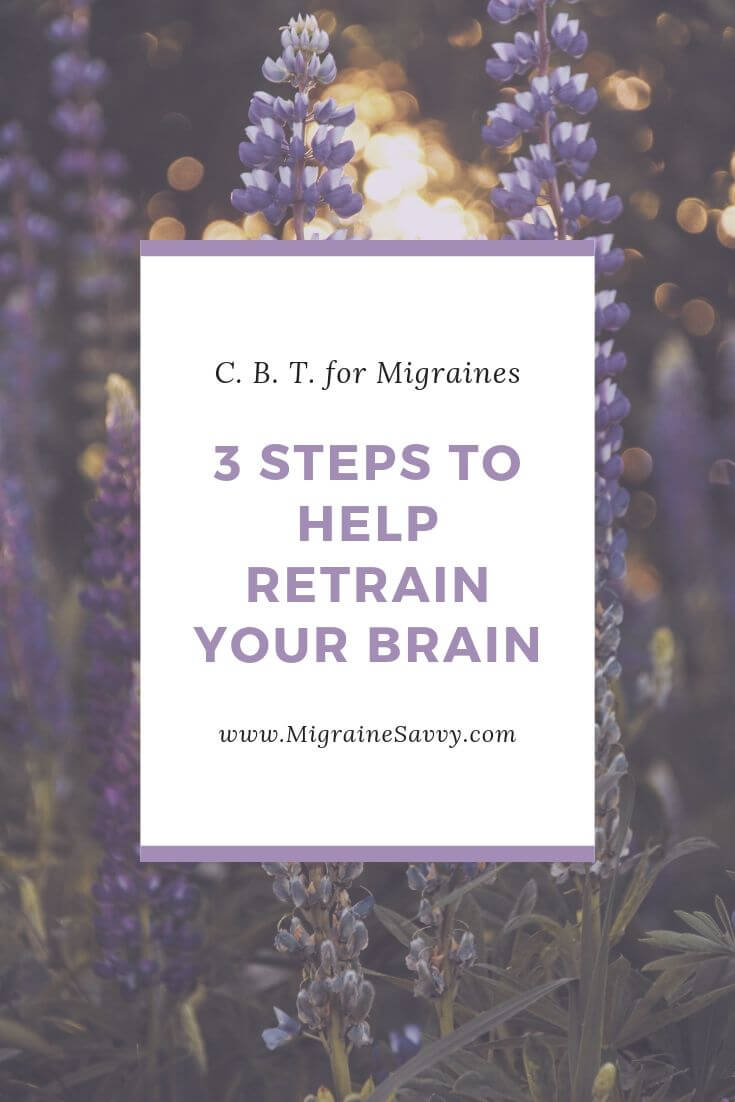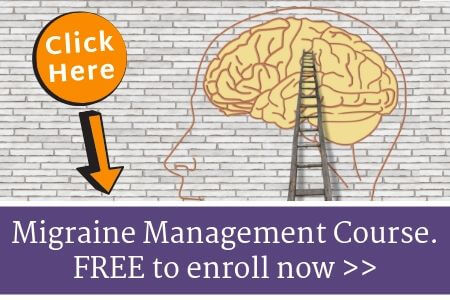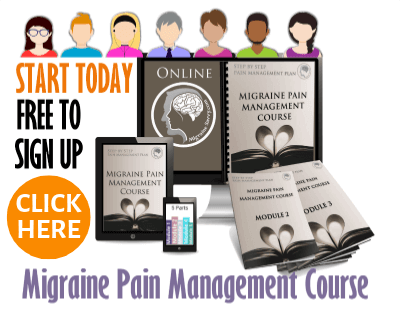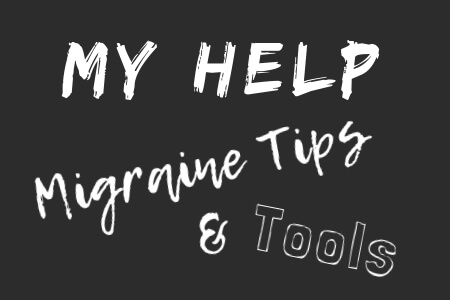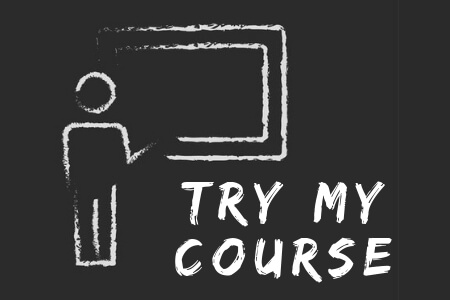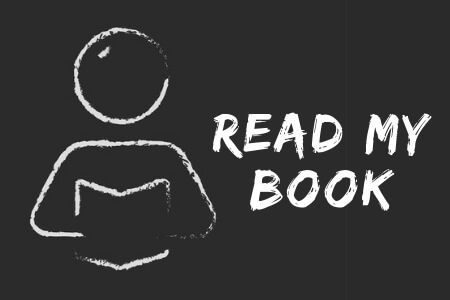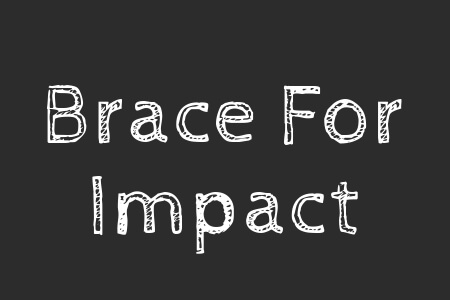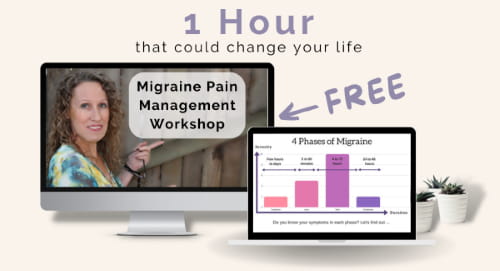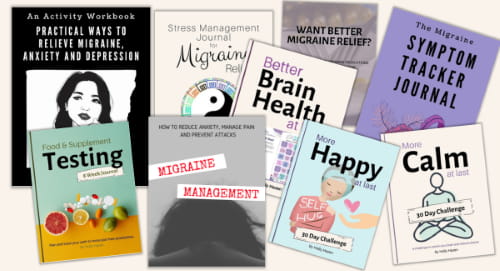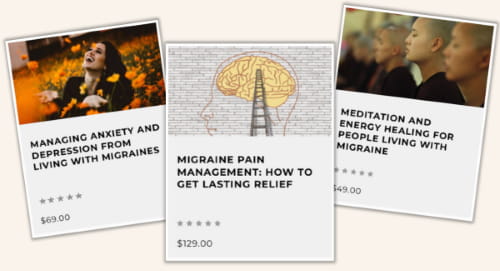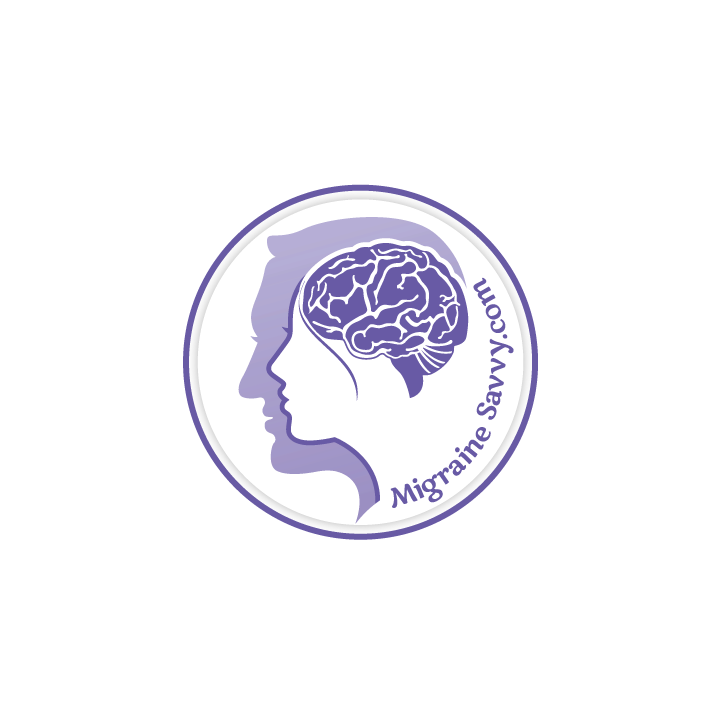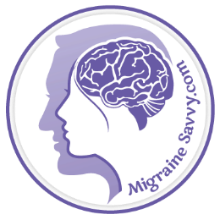- Home
- Migraine Support
- Cbt for Migraines
Magnesium Deficient = More Migraine Attacks
Science confirms this hidden trigger.
Get all 7 forms your body actually absorbs in one bottle.
🎁Save 10% with my code!
Magnesium Deficient = More Migraine Attacks
Science confirms this hidden trigger. Get all 7 forms your body actually absorbs in one bottle +
🎁Save 10% with my code!
CBT For Migraines: 3 Steps To Help Retrain Your Brain
Want to know how to use CBT for migraines? Let me tell you a little about how and why it might work first...
Cognitive behavior therapy (CBT) is widely used to generate positive
thinking and optimism. You can use CBT for migraines to encourage better health by reducing stress. And we know that reducing stress is good for us migraine sufferers.
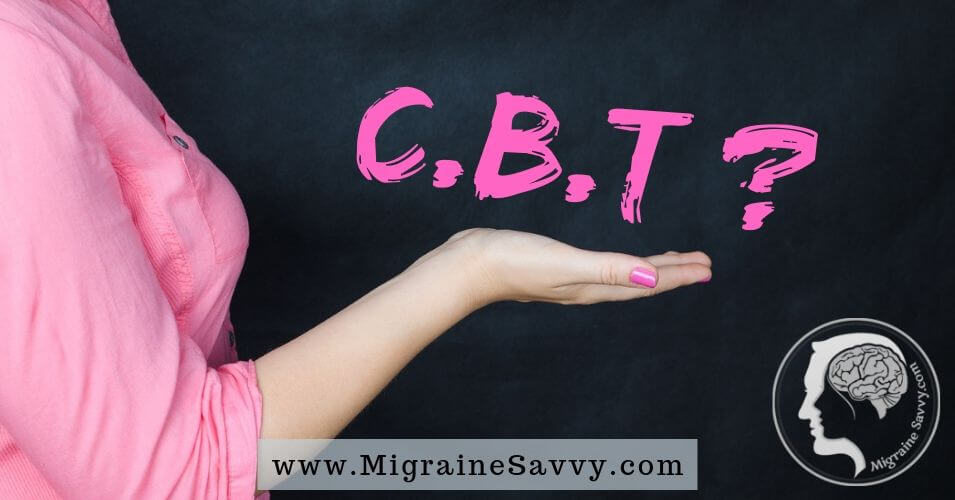
According to the New York Times Health Guide, the behavioral treatments that are proven to reduce stress are:
- biofeedback
therapy, relaxation techniques and cognitive behavioral therapy.
Behavioral methods like these help counteract muscle tension from contraction and the uneven blood flow associated with some migraines and headaches.
They are particularly useful for children and teens, pregnant or nursing moms that cannot take appropriate migraine medications. Biofeedback has been shown as effective treatment for reducing migraine frequency.
Relaxation therapy like: progressive muscle relaxation technique adapted for migraine relaxation, meditation, deep breathing and visualization have also been shown to be effective for pain relief. Although it is more effective to combine this with medications and a cold ice pack or compress to the forehead and neck. Relaxation therapy alone will not provide enough relief from migraine pain.
Cognitive Behavioral Therapy (CBT) teaches us how to better understand our thought process and how it might affect our symptoms. Which also effects how the body responds to pain. Research shows that CBT is most effective when combined with other therapies.
Have
you considered using any of these? If not, keep reading ...
My #1 Choice in Magnesium Supplementation
Having An Optimistic Outlook Helps Create Optimal Health
During World War II a rather large group of Harvard undergraduate students completed questionnaires for a research project around cognitive behavior modification that followed the group for 35 years.
The questionnaire measured their optimism and found several decades later that the students scoring higher in optimism maintained better health in their middle age than compared to the pessimistic students.
The newest form of this is now called Positive Psychology.
So CBT for migraines is not just beneficial to reduce stress but it can help with overall health and well being.
Cognitive Behavior Modification on Dogs (poor dogs)

There is a famous study done by Martin Seligman, said to be the father of positive psychology, in 1967 at University of Pennsylvania where groups of dogs were placed in cages and given mild electric shocks. One group of dogs could stop the shock by learning to push a lever and the other group could not stop the shock.
The dogs in the second group were not able to avoid the shocks administered at certain times and were forced to submissively suffer the pain rather than instinctively escape. When the psychologists finally opened the doors of the cages to let the dogs out when the shock was being delivered, the dogs remained lying down in their cages – deflated – unable to rise.
This sounds very much like depression to me. This proved Seligman's theory around learned helplessness. It refers to the long-term effects of experiencing a situation that is out of our control. Sound like migraine? Migraines are out of our control. So the questions is - can we use cognitive behavior modification or CBT for migraines somehow?
Now, I know we are not dogs and perhaps have more resilience than animals. But further studies done later by Seligman showed that one third of the 150 dogs they experimented with (poor dogs) eventually managed to find a way out of the situation despite their past experience with it all.
Having a chronic illness, like migraines, where there is no escape from the pain cycle, can cause the feeling of helplessness just like in the dogs. Deflated. Depressed. But just as this is a learned response, feelings of optimism can also be learned.
Martin Seligman, the founder of positive psychology, has written a number of books, and this one “Learned Optimism” highlights the many benefits of cognitive behavior modification and being optimistic. It also comes in an audio book.
Here's my adaptation of CBT for migraines...
An Easy Way To Adapt CBT For Migraines
When I was studying, it inspired this CBT for migraines article and worksheet.
I adapted the CBT process to use with my Migraines. I hope you find it useful too.
I go over this thoroughly in both my migraine pain management course, and my course on anxiety and depression. Here's the link - Migraine Management Courses.
The process is divided into three steps:
Step One
Identify your negative, habitual thought processes you have around your migraines like:
"This pain will never go away. My life is ruined. This is
hopeless, futile."
Step Two
Once you have acknowledged your negative and probably recurring thoughts, you can validate them.
Ask yourself "is this still true? Is this thought that this will NEVER end, that the excruciating pain will NEVER go away, still hold true?"
Or does that fact that the pain does subside, and the pain does eventually go away, and you do return to your life… does that hold true?
Step Three
Devise a more realistic thought. This is where you train your mind to use only realistic and positive words and replace the negative ones with the new thoughts like:
"This migraine will pass. I have survived them for years. Everything will get back on track tomorrow. I just need to care of myself right now. My life is, in fact, simple and peaceful."
It is not just to substitute your words; it is more so your mind integrates the new evidence of the more realistic conclusion in a more balanced way. This will reduce stress in the moment, and long term. And that will simultaneously help stop attacks from escalating by calming the nervous system. Win Win!
I hope this sounds like easy cognitive behavior modification that you can do.
You Can Also Write A Letter To Your Migraines
Another method I can suggest around cognitive behavior modification or CBT is to try writing a letter to yourself and more specifically to your migraines.
Please read my article - migraines and depression - if you would like another method to use to process your emotions and help cope with your migraines.
If you don't want to do anything quite so structured, it is very beneficial to just keep a migraine journal so that you have some way to express your thoughts and emotions. Migraines and all the life changes and impacts that come with this condition are very difficult to manage.
I highly recommend getting some extra migraine support. Taking care of yourself is essential.
More Help With CBT For Migraines
WANT MORE TIPS? Subscribe to my newsletter and follow along on Facebook and Pinterest for all of the latest updates.
MY PROFESSIONAL HELP & SUPPORT Related Articles
How to be more MIGRAINE SAVVY right now...
Cognitive Behavior Modification Reference: New York Times (2011) Behavioral Treatments [Online], Available at: http://health.nytimes.com/health/guides/disease/migraine/non-drug-treatments-and-lifestyle-changes.html. Accessed Jan. 14, 2013.

